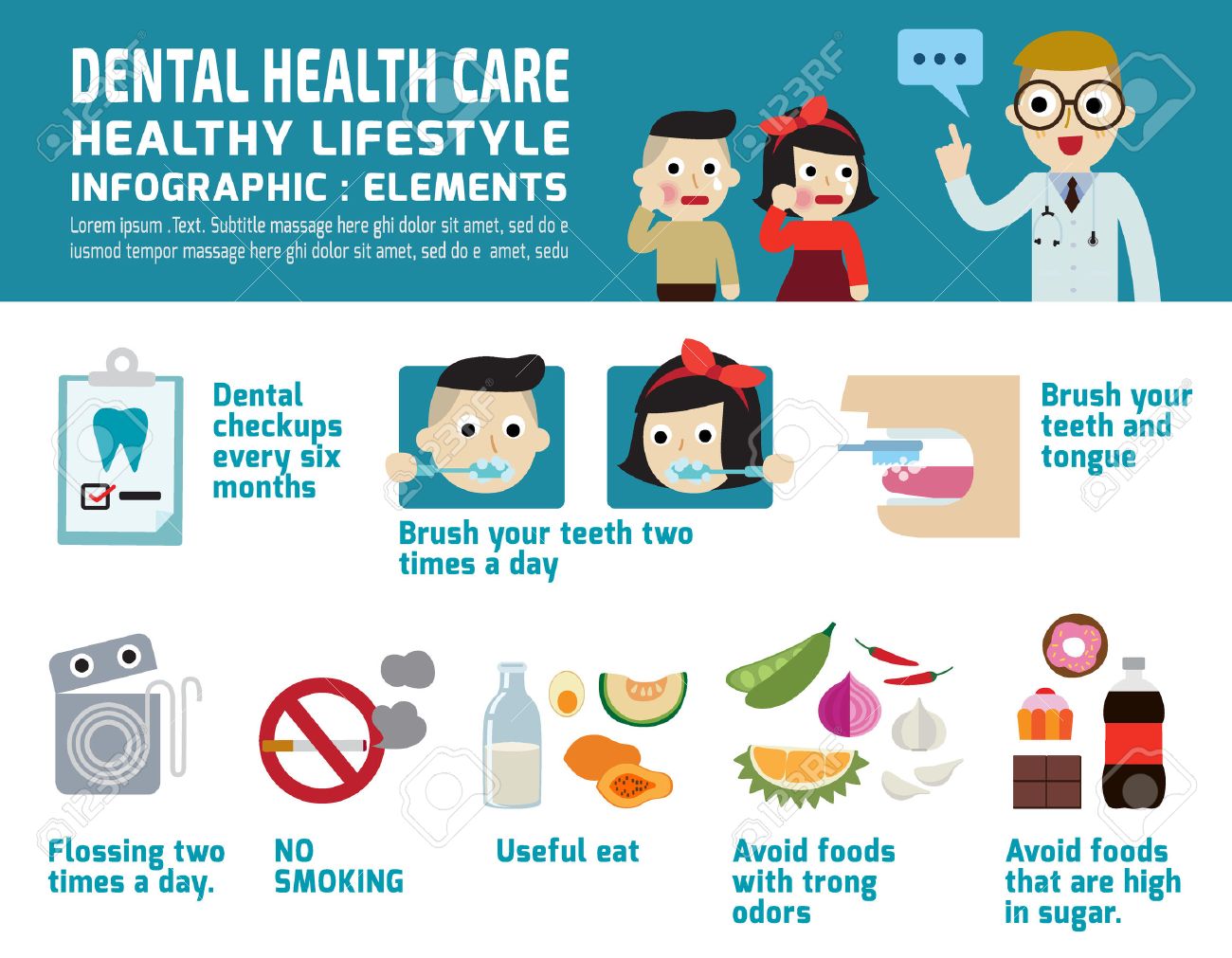Prepare Yourself For Unanticipated Dental Emergency Situations By Having The Ability To Recognize The Signs And Symptoms Of Injury And Recognizing The Ideal Time To Look For Prompt Medical Interest
Prepare Yourself For Unanticipated Dental Emergency Situations By Having The Ability To Recognize The Signs And Symptoms Of Injury And Recognizing The Ideal Time To Look For Prompt Medical Interest
Blog Article
Material Writer-Lowery Bennetsen
If you really feel an unexpected shock of discomfort or discover a tooth injury, it can be upsetting. Yet exactly how do https://deanfijlm.blogsvila.com/30381192/essential-details-for-parents-about-invisalign-for-teenagers figure out if it's a dental emergency situation that needs instant focus? Comprehending the vital indications and recognizing when to seek help can make all the distinction in protecting your dental health. Understanding when to act promptly might suggest the distinction in between a quick fix and much more comprehensive therapy.
Common Kind Of Dental Injury
What're the typical types of dental trauma that you should know?
Accidents can happen, bring about numerous sorts of oral injuries. One usual sort of oral injury is a split tooth. This can take place from biting down on something tough or experiencing a strike to the face.
One more kind is a busted tooth, where a part of the tooth can chip off. Furthermore, you might experience a knocked-out tooth, which can happen during sports or drops. does a root canal hurt to take care of the tooth thoroughly and seek immediate oral attention.
Oral injury can also entail a tooth that has actually been pushed out of placement or loosened up as a result of an injury. This sort of injury calls for prompt therapy to save the tooth.
Last but not least, soft cells injuries in the mouth, such as cuts, can additionally take place from mishaps. Knowing about these usual types of oral trauma can aid you act swiftly and appropriately in case of an emergency.
Indications of Dental Emergency Situations
Identifying the indications of dental emergencies is vital for timely activity and correct therapy. If aspen dentist experience severe tooth discomfort that's constant and throbbing, it might suggest an underlying concern that calls for instant attention.
Swelling in the gums, face, or jaw can likewise signify an oral emergency, especially if it's accompanied by pain or high temperature. Any type of kind of injury to the mouth leading to a cracked, damaged, or knocked-out tooth ought to be dealt with as an emergency to avoid more damages and possible infection.
Hemorrhaging from the mouth that does not stop after applying pressure for a couple of mins is one more red flag that you ought to seek emergency situation dental treatment. In addition, if you see any kind of indicators of infection such as pus, a nasty taste in your mouth, or a high temperature, it's necessary to see a dental practitioner immediately.
Neglecting these indications might cause extra severe problems, so it's crucial to act swiftly when faced with a possible dental emergency.
Relevance of Immediate Therapy
Trigger activity and immediate therapy are critical in resolving dental emergencies to prevent additional problems and make sure optimal end results for your oral health.
When faced with an oral emergency, such as a knocked-out tooth or extreme toothache, seeking immediate therapy can make a considerable difference in conserving your tooth and alleviating discomfort. Delaying therapy can lead to infection, boosted discomfort, and even irreversible damage to your teeth and periodontals.
By looking for emergency dental treatment promptly, you increase the opportunities of effective treatment and remediation. Dental practitioners have the required abilities and equipment to address emergencies effectively, lowering the danger of long-lasting repercussions.
In addition, instant therapy can help take care of pain and pain, enabling you to resume your day-to-day activities without distraction.
Conclusion
To conclude, recognizing oral trauma and recognizing when to look for first aid is critical for preserving dental wellness.
By acknowledging usual types of dental injuries and the indications of dental emergency situations, you can make sure prompt care to prevent additional damage and difficulties.
Keep in mind, looking for instant treatment can conserve teeth, lower pain, and raise the opportunities of successful recuperation.
Do not hesitate to look for help from an oral specialist if you experience any indications of dental injury.
